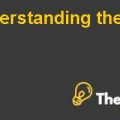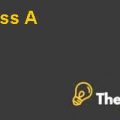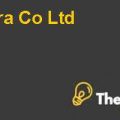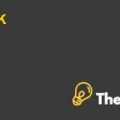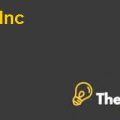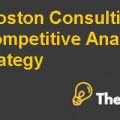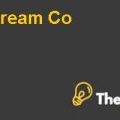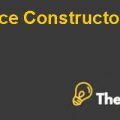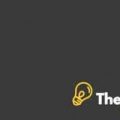
The private equity life-cycle:
The private equity life cycle of the company is based on three steps that are based on fundraising, finally exiting. The first step is based on fundraising and it involves fundraising that is based on finding investors who are willing to invest money in other’s businesses. Private equity firms normally involve more than one investor and then make a pool of their investments. The next step involves the private equity life cycle that is based on investing, i.e. the collected money is invested in a project. Companies or individual investors like to invest in a proposal with shorter payback periods along with higher Net present value and internal rate of return. After investing and getting the results from the investment, the last step involved in the PE life cycle is based on exiting. Exiting can be defined as various strategies and tactics to end the investment in an appropriate manner.
The investors need to do a proper exit because the life of the fund has been completed. In addition to this, the company started to plan for exit when it was expected and realized that the major part of their investment has been recovered. Moreover, another reason behind exit is to identify that market for exit is open in the market.
Understanding private equity life cycle is important as it will help both RCP and PI in analyzing the steps and procedures required for making an investment. For RCP, it will help the management to analyze the concept of fund raising, investing and exiting. Further, it will also help in analyzing the results from it.
Quantitative analysis:
Projections:
In case of the RCP, when Fruehwirth first reviewed PI’s business, he viewed it as a collection of businesses and found it a very promising opportunity. The management at RCP makes discussions with Primary Integration management and the first step he made was the projections of the company’s financial along with the base case and downside case projections. The total revenue of the company is on the increasing side and shows a consistent increasing trend. The total gross profit of the company revealed positive results as well. Thus, earnings before interest, tax, depreciation and amortization are increasing, as well as it was 2761 in 2011 and will reach to 10774 by the end of 2016 (refer exhibit 6 in the spreadsheet attached). The company has calculated free cash flow as well along with its projections. The free cash flow of the company is also on a positive trend that shows good signs for the investors.
The management of both the companies has done projections for balance sheet as well; the total assets of the company will increase by the end of 2016. In 2011, the company had issued a seller note of 5 million, therefore; the debt was high in 2011 but it will reduce by the end of 2016. Moreover, because of the RCP’s preferred equity, the equity section of the company will increase as well that in turn will increase the overall equity of the company. For the base case and downside case projections, the PI’s and RCP’s management had worked together to build the projections. The base case and the management case were the same. The data has been extracted from the exhibit 7 in the spreadsheet attached. With the help of projections made by Primary integration along with RCP, the company would be able to analyze the financial position of the company just to know the financial position and how much the company is profitable right now and will be in future.
Capital budgeting financial modeling:
In order to find the pros and cons of investment made by the company, RCP has to apply some capital budgeting techniques that are processed through which one can identify the profits and returns that a company can gain from the investment. Capital budgeting techniques involve Net present Value, Payback and internal rate of return. For a project to be desirable, the company should have an investment with a high internal rate of return. Capital budgeting techniques are also used for making comparisons between more than one investment proposals. For instance, the company has 3 investment proposals to consider, the company will choose the one with the highest internal rate of return. In addition to this, the management of the company will also follow the chosen proposal...............................
This is just a sample partial case solution. Please place the order on the website to order your own originally done case solution.

